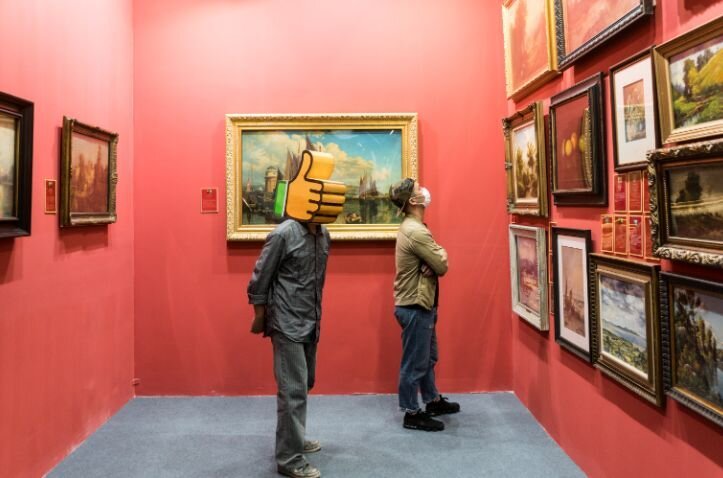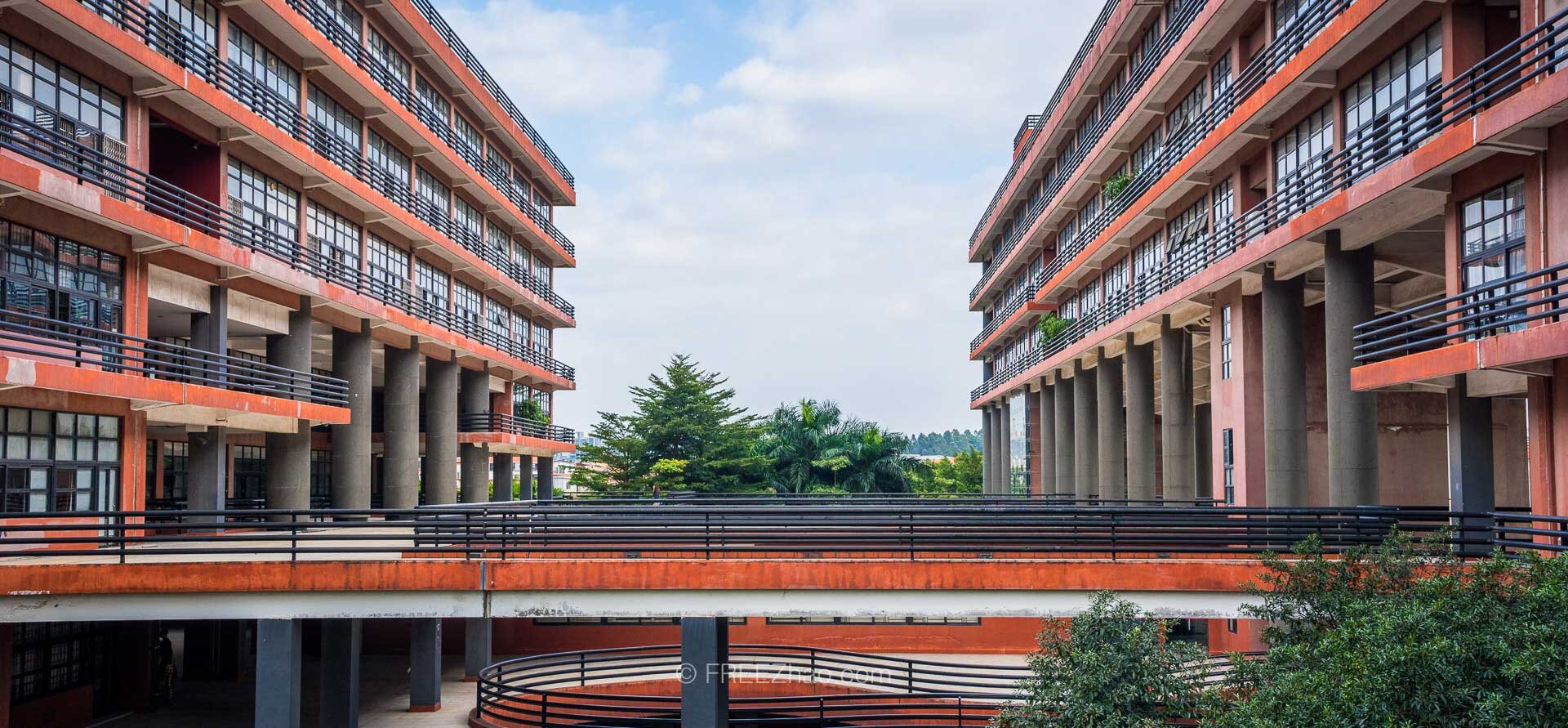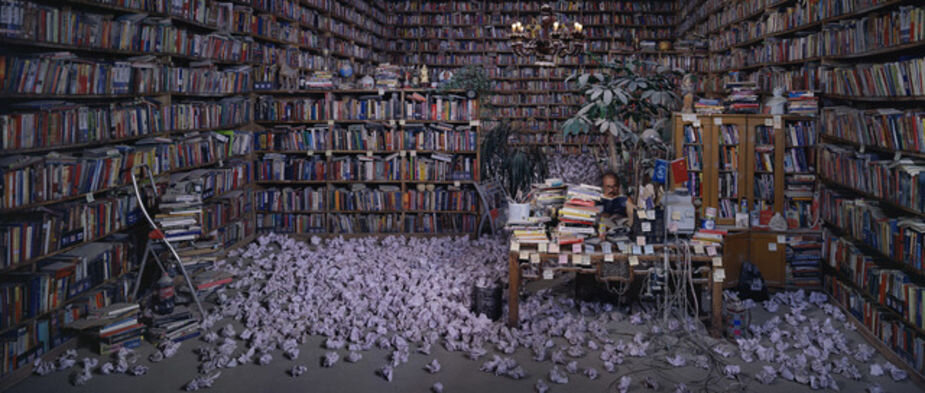Journal
Tags
- Alice Ho
- Bowen Yang
- Celsivincys Kumar
- darren jorgensen
- Darren Jorgensen and Tami Xiang
- Debbie Gilchrist
- Eloise Viney
- Erika Johanson
- Felicity Ostergaard
- Harry Price
- James Enderby
- Jemma Yovacic
- Jessica Cottam
- Jiayang Qin
- Jinx Zhou
- Johan Sulaiman
- Kiara Player
- Kye Fisher
- Lucy Leech
- Maddie Sarich
- Peter Kidson
- Rachel Ciesla
- Sam Beard
- Sam Beard
- Sara Fong
- Tami Xiang
- Valentina Sartori
Qi Zhilong in his studio, 2024. Photo by Kye Fisher
Li Xianting remarked of his role as an editor and a critic as follows:
“I just wanted to draw people’s attention towards a certain issue. I wanted to stir debate and stoke discourse”
Guan Kan 观看 attempts to stand in this tradition, and uphold Mr Li’s dedication to critical investigation on Contemporary Chinese Art. Below you will find a series of essays, criticism, interviews with artists, art theory and art writing, aimed at analyzing the history and future of art.
Scholarly debate and analysis is welcomed by the journal as well as negotiating intercultural differences which may arise.
To join this discussion, please get in contact with Guan Kan 观看
The Roof may have caved in but the Building still stands: The Motif of the Assembly Hall in Chinese Contemporary Art
The term ‘assembly hall’ conjures memories of sitting cross-legged on the cold floor in rows by my peers, while the principal addressed the school. I imagine many people can relate with their own version of the long monotonous speeches and numb limbs, that constituted school assemblies. For people living in China during the Cultural Revolution (1966-1976) the assembly hall does not evoke the same innocent, mundane experience.
Deng Zhen: Transformative Photography and Incongruous Performance
Deng Zhen, a contemporary artist from Loudi, Hunan province, China, presents a nihilistic observational depiction of his environment, particularly unique in his manipulation of objects, icons and perspective to shift one’s perception and create beautiful or striking images.
The dissident sculpture of Ai Song
Tucked away behind a winding, sandy track roughly an hour from Beijing’s popular 798 art zone an isolated house stands, neighbour-less, as if it were hiding – which it is. It is the third house Ai Song has lived in recently after being chased out of his last two following government raids.
Inward and Eastward
From growing up in a remote Chinese village to working and residing in Perth, Tami is the exception to the rule; a needle plucked from the haystack of systematic poverty and granted a chance at tertiary education and class mobility. What sounds like something out of the Hunger Games is normal for tens of millions. The gaokao, China’s national college-entrance exam, is notorious as the world’s toughest yet it is skewed against rural students. There is a 10-year lag in rural versus urban education, provincial intake quotas and a household registration system that governs where students may sit the test.
Photography: Socio-political criticism in Contemporary Chinese art
Photography has, over the last two decades, proven to be a tactical vehicle for criticism of the tedious socio-political condition of Chinese society. Communist China’s increasingly large place in the global capitalist market, and the local repercussions of consumerist Western influence fuel the criticism and satire of artists such as Wang Qingsong, and Muchen and Shao Yingong.
A Conversation with Shao Yinong and Muchen
On a humid Friday afternoon in July 2019, a group of art history students from the University of Western Australia arrived at the residence of artists and couple Shao Yinong and Muchen. Welcoming the group into their home, the artists presented and discussed their work, before beginning an informal Q&A.
Damaged Souls and Contemporary Art in China
Shen Yinong and Muchen are husband-and-wife collaborators working as contemporary artists in the wake of the Stars Exhibition.
Field Notes: Beijing, Shanghai, Guangzhou and Hong Kong
The question of whether we can trace a ‘beginning’ of contemporary art in China requires an understanding of the historical circumstances which precipitated the creation and development of Chinese contemporary art within a global context.
Wang Qingsong as journalist and social critic
Wang Qingsong uses applied photography as a way to respond to the rapidly changing society, repeatedly stressing that he is a ‘journalist’, arguing that the news does not just stay on the surface, but also functions in a more essential way. Working with exaggerated content and shocking, spectacular scenes, Wang reflects social issues. His work arranges details within complicated, large images, as just one image can deliver the impact of a whole issue.










